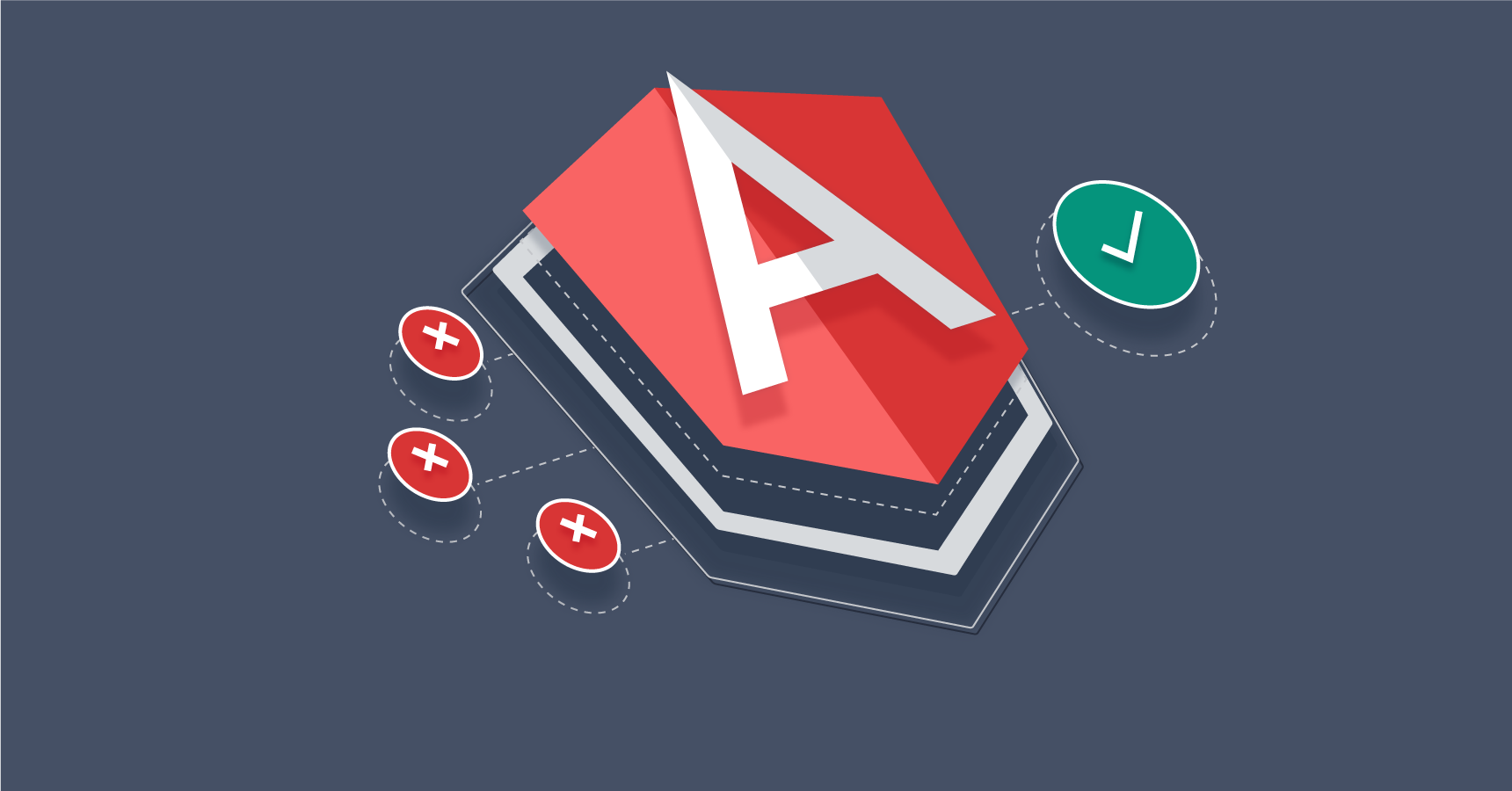Angular is a single-page application (SPA), which means it has only one path. For example, if you’re running your application on localhost with a default port, then it would be http://localhost:4200.
But in real-life applications, there are multiple pages you want to show a user after some events or in the navigation. So how can we achieve these things in Angular?
That’s where Angular router comes into the picture.
Intro to Angular Router
Angular router enables the user to navigate between different components after some events. It creates the experience of a multiple-page application in a single-page application.
Let’s see how to configure the routes in Angular.
#angular

1.90 GEEK